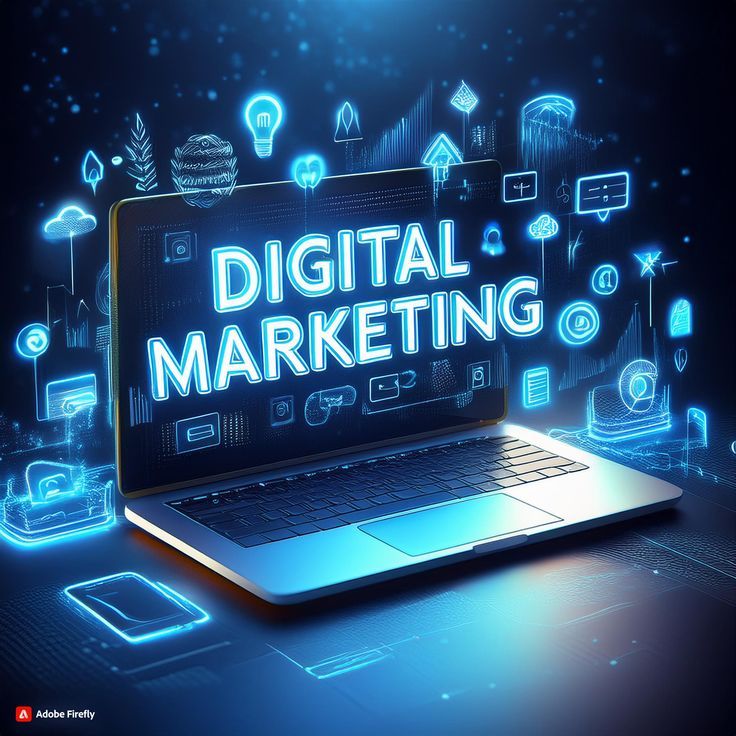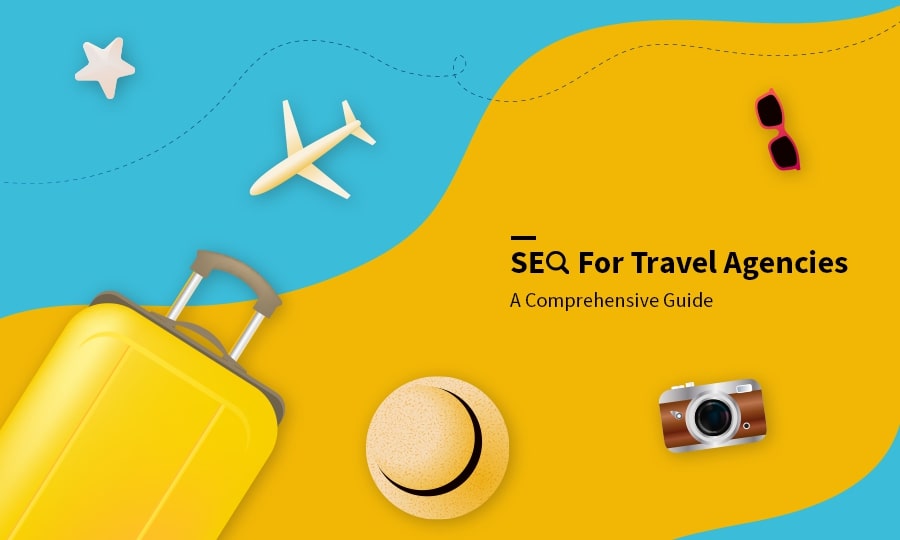
In today's world, where everything is connected digitally, people start making travel plans online. People who are going on a trip, whether it's a solo trip across Europe, a honeymoon in Bali, or a family trip to Disneyland, use digital platforms a lot to plan, compare, and book their trips. That's why it's more important than ever to do digital marketing for travel and tourism. It helps travel companies reach people all over the world, build trust in their brand, and get more sales at a low cost.
The Digital Shift in the Tourism Industry
In the last ten years, technology has changed how people plan their trips. Most travelers now use Google, Instagram, YouTube, and travel blogs instead of travel agents or printed brochures. This change has made digital marketing for travel and tourism a game-changer for travel startups, hotels, airlines, and tour operators.
Learning about the traveler's digital journey
It's important to know how modern travelers act online before you start thinking about strategies. Before making a travel decision, the average person goes through five steps:
-
Dreaming
-
Planning
-
Reserve the booking
-
Experiencing
-
Sharing
You can use digital marketing for travel and tourism at every step to get people interested, change their minds, and turn them into customers.
Why digital marketing for travel and tourism matters?
1. Global reach with pinpoint accuracy
Digital marketing for travel and tourism offers numerous benefits, but one of the most significant is that it can effectively reach people worldwide while still being highly targeted. You can change Facebook Ads, Google Ads, and social media campaigns based on things like age, interests, travel habits, and more.
2. Value for money
Digital marketing for travel and tourism has a higher return on investment (ROI) than traditional media like TV, radio, and print. Pay-per-click (PPC) campaigns are great for businesses with small budgets because you only pay for results.
3. Results that can be measured
The Result of digital marketing for travel and tourism is great because it lets marketers track every dollar spent and make changes to campaigns in real time.
Smart Ways to Get Started
1. SEO, or Search Engine Optimization
Use keywords like "luxury beach vacations in Thailand" or "affordable Europe travel packages" to improve the content on your website. The first step to digital marketing for travel and tourism is to make sure people can find you in search engines.
2. Marketing through content
Writing interesting blog posts, destination guides, travel tips, and itineraries can help you gain trust and authority. Add pictures, videos, and infographics to your content to make it easier to share.
The most powerful tool in digital marketing for travel and tourism is Storytelling. To connect with your audience on an emotional level, share real stories, testimonials, and carefully chosen travel stories.
3. Marketing on social media
Instagram, Facebook, and LinkedIn are all great places to show off places because they are full of pictures. Use geo-tags, hashtags, and partnerships with influencers to reach more people.
A creative way to market travel and tourism on social media can make one post go viral.
4. Marketing by Email
Email is still one of the best ways to market travel and tourism online. Send targeted lists, special deals, travel ideas, or rewards for being a loyal customer.
Use automation to get in touch with people who looked at destinations but didn't book. This strategy for getting people back to your site can greatly increase conversions.
5. Pay-per-click (PPC) ads
Use Google Ads and Meta Ads to show ads to people who have already been to your website, advertise last-minute deals, or seasonal packages. Paid ads are a quick way to get more visitors and sales through digital marketing for travel and tourism.
6. User-Generated Content (UGC)
Ask your customers to post about their trips online and tag your brand. Put their content on your website and social media. UGC makes your digital marketing for travel and tourism more trustworthy and real.
What Influencer Marketing Does
It's a good idea to work with travel influencers. Their loyal fans trust what they say, which can be a big help in getting people to book.
Working with influencers is a great way to improve digital marketing for travel and tourism, especially if the influencers have a small, niche audience (like eco-tourists, solo female travelers, or luxury explorers).
Mobile optimization
More than 70% of people who look for travel do so on their phones. For smart digital marketing for travel and tourism, your website, booking engine, and marketing content must all be fully responsive and optimized for mobile.
Combining AI and chatbots
Chatbots can assist you 24 hours a day, 7 days a week, by suggesting places to visit, answering frequently asked questions, and making reservations. AI tools can make content more relevant to each user and keep them interested. Automation is now a key part of smart digital marketing for travel and tourism.
Airbnb's Digital Success: A Case Study
Using digital marketing for travel and tourism, Airbnb changed the way people travel by creating a peer-to-peer model that worked all over the world. They used smart SEO, clever YouTube ads, and campaigns based on user-generated content to turn homes into hotels and locals into hosts.
Digital marketing problems for travel and tourism
A lot of people are going digital, so you need to be creative to stand out.
-
Changing Algorithms: Google and social media algorithms are always changing, which can affect how visible your posts are.
-
Seasonality: The demand for travel changes throughout the year, which affects when campaigns should run.
-
Digital marketing for travel and tourism is still changing, though, thanks to better tools, platforms, and consumer data insights.
Things to Keep an Eye On in the Future
1. Improving Voice Search
As smart speakers become more common, it will be more and more important to make content that works well with voice search.
2. Marketing that cares about the environment
As more people become aware of eco-friendly travel, businesses need to make sure their digital marketing for travel and tourism is in line with these values and practices.
Conclusion
Having a website or posting pretty pictures isn't enough for smart digital marketing for travel and tourism. It uses SEO, content, social media, email, paid ads, and analytics to bring in and convert travellers.
In today's competitive travel market, businesses can not only survive but also thrive by staying ahead of trends, using new technology, and knowing how travellers act.
Digital marketing for travel and tourism is no longer optional; it's necessary for long-term growth and success, whether you're a small tour operator or a global hospitality brand.

 Start your Travel Business with Our 7 Day Free Trial Website!
Start your Travel Business with Our 7 Day Free Trial Website!





